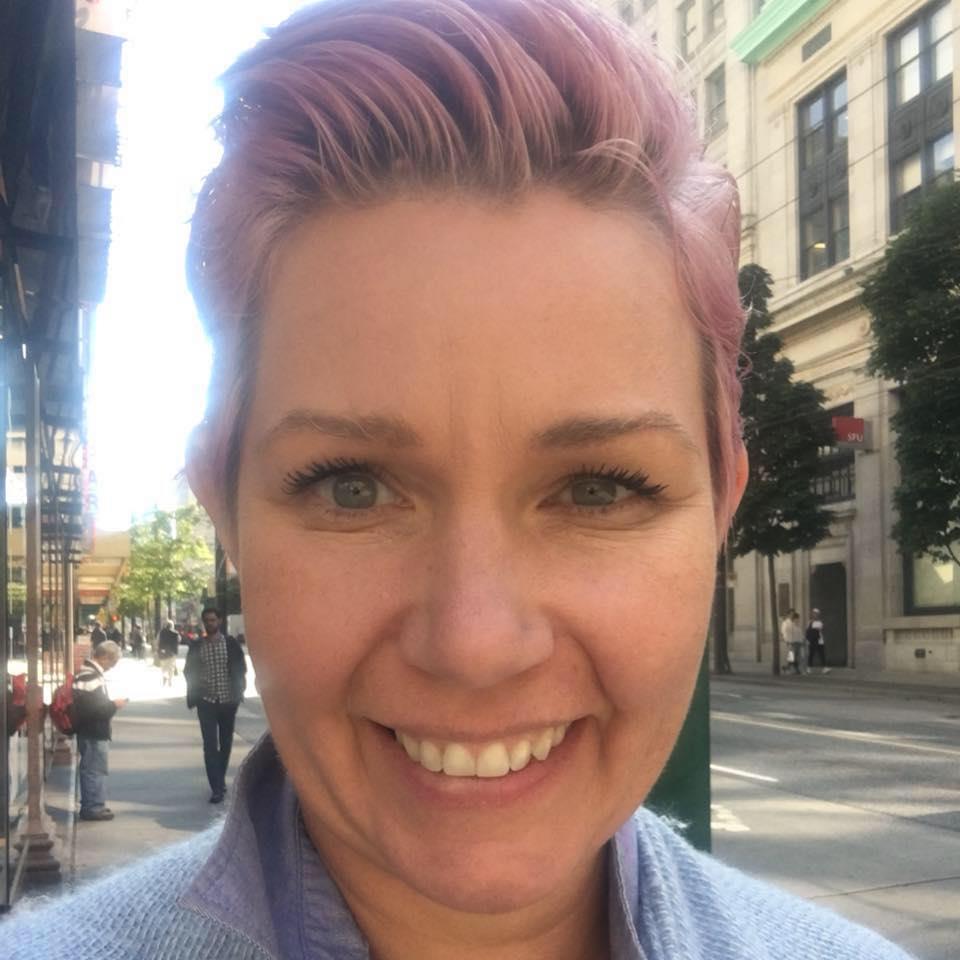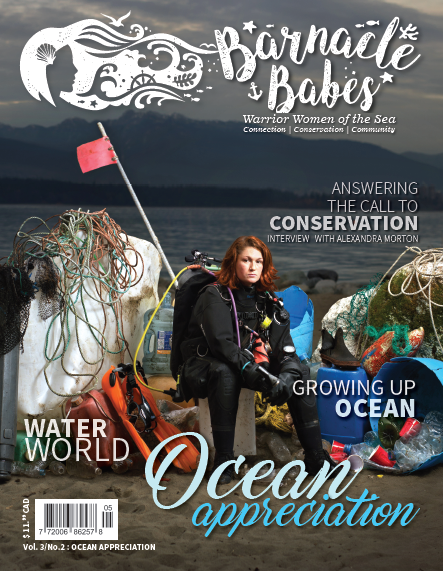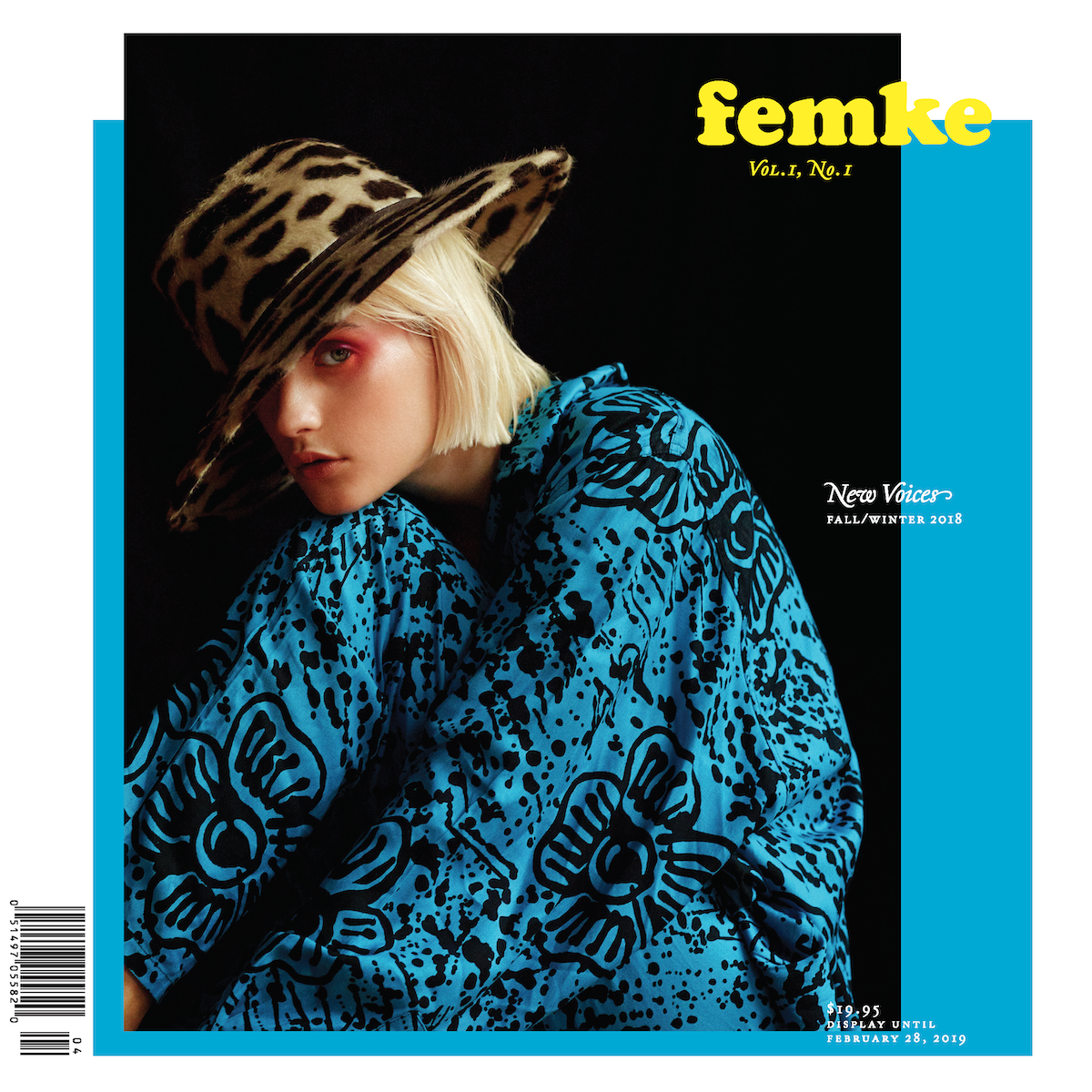Making change in the Canadian magazine industry
In Canada, change makers are spearheading initiatives, inspiring communities, publishing and distributing differently, fostering change and working hard to solve the myriad challenges faced by Canadian magazines. Some publishers, for example, are choosing to be responsive to their audiences and the way people consume information, shifting their magazine media brands away from perceptions locked in paper and ink, and being more defined by the needs of their community.
Making waves
Take Barnacle Babes, a Richmond, British Columbia-based magazine, for example. Barnacle Babes was created in 2016, after publisher Jodi Mossop realised she could create community between women who shared a passion for the ocean, through water sports, conservation, vocation, with biologists, conservationists, sailors, surfers, fishing, paddle boarders and more. “Barnacle Babes helps to bring women’s issues to the forefront and support all types of women and all types of connections,” Mossop explained. “I thought, wouldn’t it be cool to create a community of women and share a stories through the magazine?”
 |
Jodi Mossop
Barnacle Babes magazine is an agent of change, as a statement, as a platform for these women to share their stories. “We want to be a voice for change; we’re looking at making a difference in and for our community,” she explained. “To be able to be a voice for positive change and building positive community and using it as a platform to do that, I think is, is really important and it is absolutely, completely possible.”
Barnacle Babes comes at magazine publishing a little differently than traditional publications, by following three principles and content pillars: community, connection and conservation.
While Barnacle Babes takes conservation to heart by printing on sugarcane-based paper and uses plant-based inks, the magazine also concentrates on conservation as a content pillar. For example, it ran a story recently on a woman who’s childhood love and passion for the sea, set her on a path to teach other women how to sail, how to use the ocean to heal, and opportunities for eco-friendly sailing charters in the Caribbean with a focus on conservation and citizen science. “We often run articles on how to minimise your consumption and come up with creative ways to use trash. We’ve covered stories on various art projects done to highlight plastic ocean debris, as example in our article, ‘The Art of Trash,’” Mossop said.
As a changemaker, Barnacle Babes magazine is both a platform to highlight and support the audience which it serves. Community figures highly into Barnacle Babes’ raison d’etre. The magazine creates it for women who share a passion for the ocean, supports and engages with it through retreats, events and field trips, and writes about it, and in turn, the community supports the magazine by sharing stories and content. “It’s so important to me that we are getting stories, and sharing stories from our community – and they’re not just unattainable people who are doing fantastic, amazing things. These are regular everyday people who share a passion for the ocean and are making a difference.”
 |
Change agent
Kim Latreille is an actual agent of change on the Canadian magazine landscape, with her work as a travelling consultant for Magazines Canada. Since 2012, she has helped small magazine publishers across the country with a variety of issues including business process, operations, manufacturing, distribution and audience.
“In my work for Magazines Canada as a travelling consultant, I’m typically asked to come in where there is a general feeling that the process isn’t working,” she explained. “It’s because of these types of experiences throughout my career, and that the state of publishing is constantly shifting, that I am sought out as a consultant. Big publishers are fun to work with, but it’s been through paying my dues through working at smaller publishers that I have learned the most. Small publishers have the flexibility to pivot and change far more easily than a big publisher does.”
 |
Kim Latreille
Latreille, who worked previously at Rogers Publishing, Cottage Life Media, and St. Joseph Media, believes it is important to foster change in the magazine industry because there is not enough of it. “I think I am not programmed to sit still, or take no for an answer if the answer doesn’t sit well in my little Spock-like brain. It is not within my genetic make-up,” she said. “Luckily, in my path, due to my aptitude for technology, and because I definitely do not want to see any publisher folding a magazine, I’ve adopted the ‘if you build it, they will come’ attitude towards the magazine industry.”
For example, Latreille was part of the team that created Magazines Canada’s online ad portal AdDirect in 2009. The ad portal streamlined ad flow and linked magazine publishers, agencies and advertisers and established a set of standards for magazines and printers across the country. “If we could create and position this same tool from a higher level, an association level, and get buy in (and trust, most importantly) from all Canadian magazine publishers, we could combine the number of files we were feeding into the software, increase our volume, and go shopping for a volume discount with software developers for the benefit of all Canadian magazines. It was a great project, a very real, combined, and community effort within our industry,” she explained.
“I feel like the things that I’ve done and the teams I’ve been on, we have fostered some change here. And I feel like we’re not done,” Latreille said.
So, with that background, it was only natural that Latreille began her own change-making magazine.
Femke, which was launched over the 2018 summer months, is a fashion, culture and lifestyle title. “We felt that there was something missing in the market around fashion, a voice that wasn’t being heard at all. Femke came into being around the #MeToo movement,” Latreille explained. “We did kind of band together as people who love fashion, who choose to be seen for the things that we love and not being lumped in a category, where because we love fashion, we can’t read a book.
As a change agent, Femke kind of disrupts the traditional-fashion-magazine mold. It contains fashion content, but also poetry, fiction, photography, long-form journalism on hard-hitting topics. It doesn’t fit neatly into one category or another, instead carving out a unique niche for itself on the Canadian landscape.
“Femke is for sure taking a new approach. Femke is using a small scale local approach to marketing and distribution, but we are using what we have learned about digital publishing, ecommerce, and publishing digitally on the internet and in social media, along with how to have fun with our audience, as our business model,” Latreille said.
Femke embodies best practices Latreille picked up in her work as a consultant for other small publishers, including knowing the new title’s audience and delivering what that audience was asking for. Prior to the title going to print or on sale, Latreille and her team approached their burgeoning readership and asked what they wanted and how they wanted to receive it. Femke’s model is based on knowing who their readership is, and printing as many magazines as they need. “Because we are distributed in a non-traditional way, we aren’t nailed to a specific size, or held to the same manufacturing standards, so we are afforded a little more artistic freedom, and a few economies of scale. We like that.”
 |
Lessons
In a shifting ecosystem, making small changes to publishers’ modus operandi can have lasting impacts. Sharing insight and sharing experiences helps create change in the industry.
Latreille hopes other magazine publishers will try something new. “If we can change just a tiny bit or just provide, you know, a push, just to get people’s pistons firing, or thinking that there might be a different way to do this, you don’t have to do things the same way,” she said.
Mossop suggests listening to your audience can have a big impact. “Really listening to them is very important,” she said. “One of the things that had been brought to us a number of times was none of our women wanted another magazine (especially ocean-related) that had a bunch of ‘perfect’ and ‘unattainable’ women through out it in bikinis, we showcase and cover real women, in real situations, dressed for a real life situation… Our market is niche, but as long as we are listening to their needs and wants and allowing them to have their voices in our magazine, they are supportive, committed and loyal! People today want to be heard, they want to see themselves and they want to find their ‘people,’ their ‘tribe.’”
More like this
How Canadian Art expanded the power of niche to build its audience
How Canada’s The Logic news startup is banking on the shift to reader revenue
Media Voices podcast: Film Stories’ founder Simon Brew on crowdfunding an independent magazine
How collaboration across departments and companies benefits magazine media








